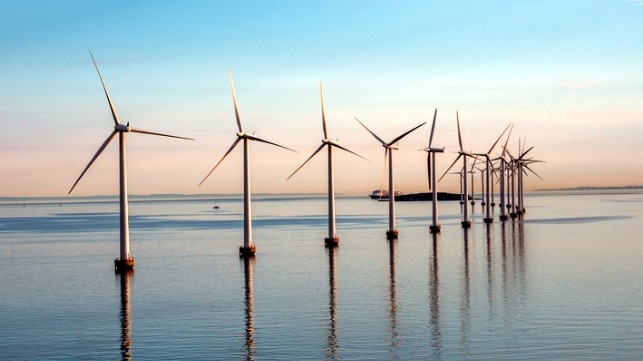Planning Could Save U.S. Offshore Wind $20B in Transmission Costs

The developing offshore wind power industry is highlighting the urgent need for federal and state coordination and planning to address the transmission component necessary to bring offshore power online. According to a new report commissioned by the industry group American Clean Power (ACP), it is critical to take a collaborative approach to the transmission of offshore power. Close coordination between states, federal agencies, and regional grid operators, along with significant improvements to the generator interconnection and grid planning process, they conclude is required to realize significant cost savings while unlocking the potential of clean, renewable energy.
The report warns that without urgent, collaborative planning, consumers could face billions of dollars of added costs and increased impacts on coastal habitats and communities. The Battle Group, which prepared the report for ACP, identified hurdles to achieving cost-effective planning outcomes while providing a roadmap with recommendations to address the challenges.
With dozens of offshore wind projects in the pipeline off U.S. shores, federal agencies, states, and grid operators must immediately begin collaborative planning to identify cost-effective transmission solutions to bring that power online, according to a Brattle Group. Leveraging existing studies for the 100 gigawatts (GW) of likely U.S. offshore wind generation developments over the next 2-3 decades, they conclude the benefits of improving transmission planning and execution could result in at least $20 billion in transmission-related cost savings. Other benefits they highlight are the potential for 60 to 70 percent fewer shore crossings and necessary onshore transmission upgrades. They believe through better collaboration and planning a 50 percent reduction (approximately 2,000 miles) could be achieved for the installed miles of marine transmission cable with a corresponding reduction in disturbing the seabed.
“Today’s report makes clear that it is vital to start proactively planning transmission and streamline interconnection rules to connect more than 100 gigawatts of offshore wind to the grid over the coming decades,” said JC Sandberg, ACP’s Chief Advocacy Officer. “ACP and our member companies are committed to working with key decision makers to unlock the full potential of offshore wind and make it a reality for our communities.”
Under current processes, the report warns it takes at least a decade to plan and build major new transmission lines. ACP and others in the wind and energy sector joined together in their calls for improvements to the existing planning process for onshore and offshore transmission facilities. They said it will require unprecedented close coordination but will reduce costs and make it possible to achieve the federal and state clean energy goals.
